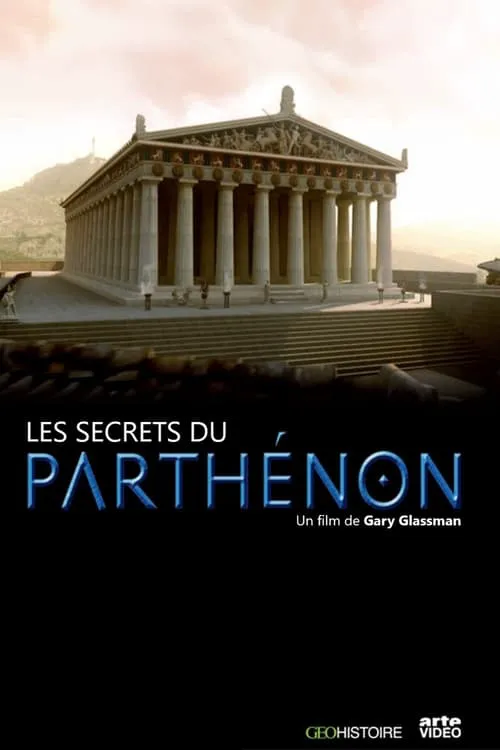Secrets of the Parthenon

Enredo
The ancient Greek masterpiece that stands as a testament to human ingenuity and perseverance has been a subject of fascination for centuries. The Parthenon, a temple built in honor of the goddess Athena, has endured through wars, natural disasters, and countless restoration attempts. In a bid to save this architectural wonder from further decay, a team of modern engineers, historians, and conservators embark on an extraordinary quest to unravel the secrets behind the Parthenon's construction. Led by a team of seasoned experts in various fields, the restoration project is a complex and arduous task, made even more daunting by the sheer magnitude of damage inflicted upon the Parthenon over the centuries. The once-majestic structure now stands as a shadow of its former self, its columns cracked, its marble veneer weathered, and its sculptures fragmented. Yet, as the restoration team begins their work, they quickly realize that saving the Parthenon is not merely a matter of physical repair, but also an intellectual journey to uncover the mysteries of its creation. As the team delves deeper into the Parthenon's history, they are struck by the incredible accomplishment of the ancient Greeks. Despite lacking modern technology, architectural blueprints, or even basic building codes, they managed to construct this vast and intricate structure in a remarkably short period of nine years, starting in 447 BCE and completing it by 432 BCE. The sheer audacity of this feat is awe-inspiring, and the restoration team is driven to understand the processes, techniques, and innovations employed by the ancient Greeks to achieve this marvel. Their investigation begins in the archives and libraries of Athens, where they pour over ancient texts, inscriptions, and other historical records. They consult with experts in archaeology, architecture, engineering, and art conservation to piece together a composite picture of the construction process. The team's research takes them to other sites in Greece, where they study the building methods and techniques used in similar structures. They also conduct extensive experiments and simulations to replicate the processes and conditions under which the Parthenon was built. As they gather information and conduct their experiments, the team begins to shed light on the Parthenon's construction methodology. They learn that the ancient Greeks employed a combination of local limestone and Pentelic marble, chosen for their durability and aesthetic appeal. They developed innovative techniques, such as the creation of curved stone supports, to compensate for the uneven terrain on which the temple stood. The team discovers that the Parthenon's famous 'Ionic' columns were not only beautiful but also highly functional, designed to provide maximum structural support while simultaneously exuding elegance and refinement. Their findings also reveal the importance of the Parthenon's context and symbolism within ancient Greek society. As the seat of government, art and culture, and civic life, the temple represented the pinnacle of Athenian civilization. Its grandeur and splendor were deliberately designed to reflect the power and prestige of the city-state. The team begins to grasp the broader social, cultural, and historical landscape within which the Parthenon was built. The restoration project also raises thorny questions about preservation and authenticity. The team must balance the need to restore the Parthenon's original appearance and integrity against the practical demands of modern conservation. They consider the use of modern materials, repair techniques, and digital technologies to revive the temple's former glory. However, they are also mindful of the cultural and historical significance of preserving as much of the original structure as possible, while minimizing any irreversible damage or alteration. Through their meticulous research, experiments, and debates, the team gradually unravels the secrets of the Parthenon's creation. As they piece together the various threads of history, culture, and innovation, they begin to see the Parthenon not merely as a majestic architectural achievement but also as a window into the ingenuity, creativity, and resilience of the ancient Greeks. By uncovering the Parthenon's secrets, the team not only saves the temple from further collapse but also enriches our understanding of a pivotal moment in human history. The restoration project concludes with a grand reveal: a reborn Parthenon, restored to its former glory and radiating an aura of elegance and grandeur. As the cameras pan over the newly restored temple, the team's expertise and dedication are celebrated as a testament to human curiosity, creativity, and the indomitable will to preserve and honor the great architectural achievements of the past.
Resenhas
Recomendações


